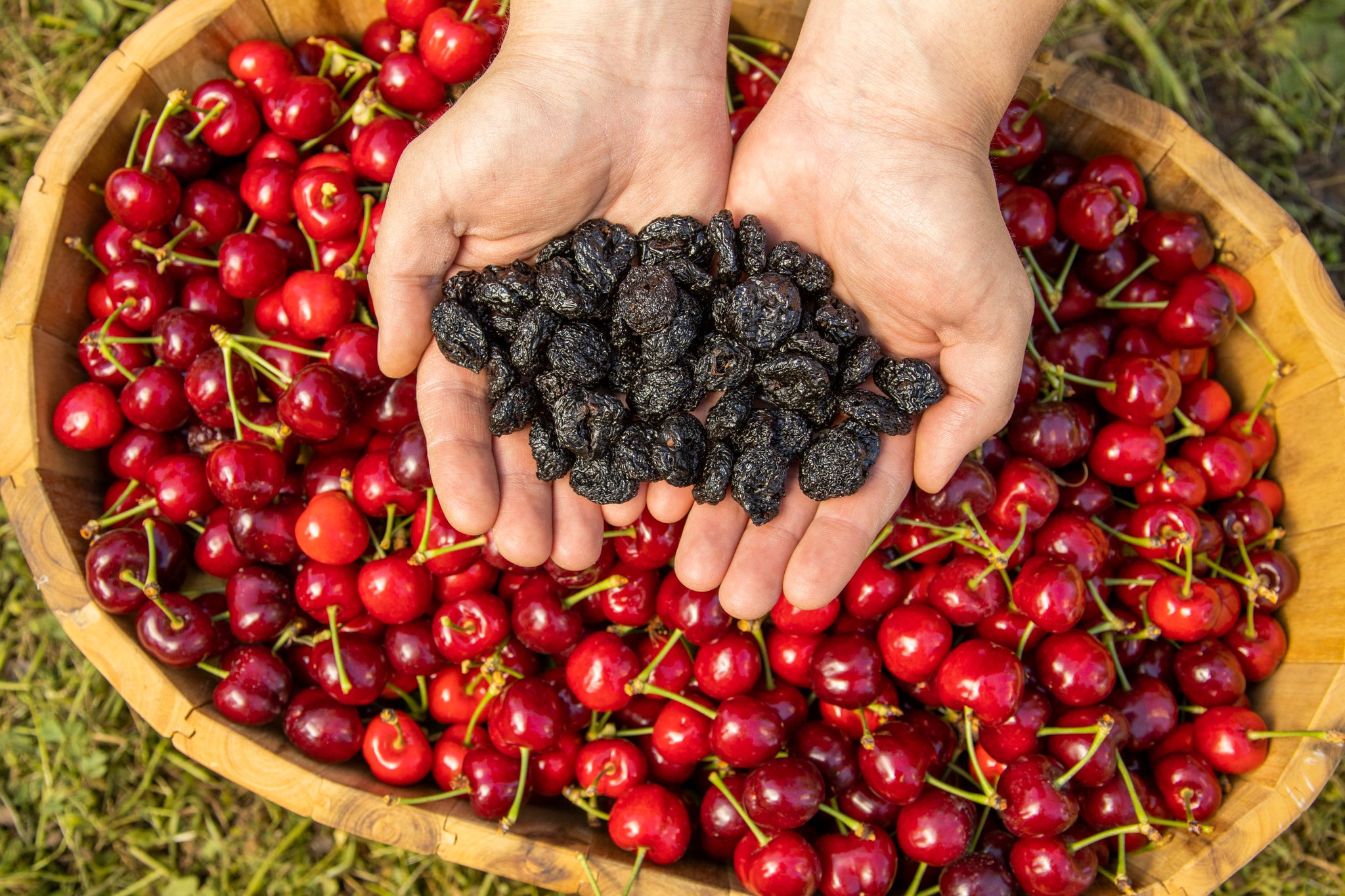Konjac Flour: Unlocking the Marvels of Glucomannan
In the realm of unconventional superfoods, konjac flour stands as a quiet yet potent contender. This unassuming ingredient has been gaining recognition for its remarkable health benefits, with a particular focus on its star component: glucomannan. In this exploration of konjac flour, we will delve into the benefits of konjac flour, shedding light on the advantages it offers and unraveling the three distinct types of glucomannan.
Konjac flour, derived from the root of the Konjac plant (Amorphophallus konjac), boasts a unique set of qualities that have piqued the interest of health-conscious individuals. As we navigate through the nuances of this intriguing substance, we begin to appreciate its multifaceted role in promoting overall well-being.
Benefits of Konjac Flour
Let’s commence with the benefits of konjac flour that have earned it a place in the pantheon of superfoods. This remarkable flour, high in soluble fiber, has the extraordinary capacity to absorb water and form a gel-like substance in the digestive tract. This property alone has made it a darling among those aiming to manage their weight.
The gelatinous texture created by konjac flour helps provide a sensation of fullness, reducing appetite and subsequent calorie intake. Consequently, individuals looking to shed excess pounds often turn to konjac-based products as a dietary ally, a strategic choice for those endeavoring to curb overeating.
In addition to its weight management attributes, konjac flour has been linked to improved digestion. The soluble fiber content not only slows down the absorption of sugar and cholesterol but also nurtures a healthy gut microbiome. This harmonious relationship with the gut can be attributed to the prebiotic nature of konjac fiber, which serves as a nourishing source for beneficial bacteria.
The Advantages of Konjac Flour
Diving deeper into the advantages of konjac flour, it is crucial to spotlight its role in managing blood sugar levels. The gel-like substance formed by konjac fiber creates a barrier in the digestive tract, slowing the release of glucose into the bloodstream. This controlled release can help individuals with diabetes or those at risk of developing the condition maintain more stable blood sugar levels.
Moreover, the viscous nature of konjac flour contributes to lowering cholesterol levels. By binding to cholesterol molecules in the digestive tract, it impedes their absorption into the bloodstream. This action can have a positive impact on cardiovascular health, reducing the risk of heart disease.
Three Types of Glucomannan
Now, let us explore the intricate world of glucomannan, the powerhouse compound within konjac flour. There are three distinct types of glucomannan, each with its own unique characteristics and benefits.
- Konjac Glucomannan (KGM): This is the most prevalent type of glucomannan found in konjac flour. KGM is celebrated for its exceptional water-absorbing ability, which aids in weight management by creating a sense of fullness. It also possesses thickening properties, making it a valuable addition to soups, sauces, and gravies.
- Amorphophallus Propinquus (AP): This variety of glucomannan is derived from the Amorphophallus propinquus plant. AP glucomannan is often used as a dietary supplement due to its potential to support weight loss and improve metabolic health. It is available in capsule or powder form, making it a convenient choice for those seeking its benefits.
- Lepidium meyenii (Maca): Unlike the previous two types, Maca glucomannan hails from the Lepidium meyenii plant, commonly known as maca root. Maca glucomannan is renowned for its adaptogenic properties, helping the body adapt to stress and promoting overall vitality. It is a versatile option, available in various forms such as powder and capsules.
Incorporating konjac flour or glucomannan supplements into one’s diet can be a prudent choice for individuals aiming to enhance their health and well-being. However, it is essential to exercise caution and consult with a healthcare professional, especially when considering dietary modifications or supplements.
In conclusion, the unassuming konjac flour harbors a treasure trove of benefits, with the star player being glucomannan. From weight management to blood sugar control and cholesterol reduction, the advantages of konjac flour are truly diverse. The three types of glucomannan, each with its distinct attributes, offer a range of options for those seeking to harness the potential of this extraordinary substance. So, as you navigate your journey towards improved health and vitality, consider the quiet marvel that is konjac flour, and let its benefits guide you towards a healthier tomorrow.



